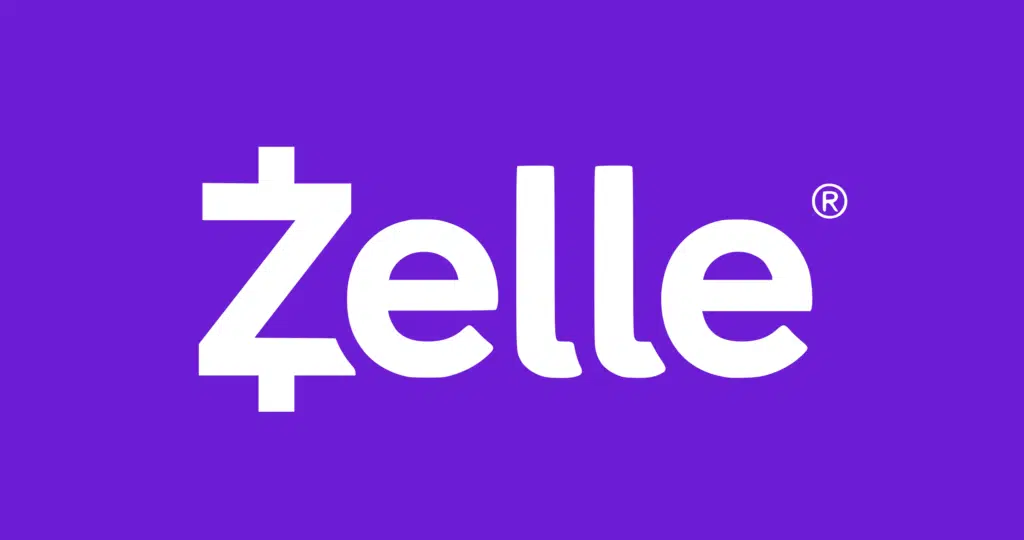Zelle, the peer-to-peer payments network operated by Early Warning Services LLC, continues to make steady inroads with small businesses, according to data released early Monday by Early Warning.
About 7 million small businesses are enrolled in the network to make and receive payments, while the use of Zelle by consumers for paying small businesses has tripled the past three years, the network revealed in its first-ever small-business report. In addition, Zelle is also proving to be popular with gig workers, as 3-to-4 million individuals are using Zelle to receive payments tied to independent or self-directed work, Scottsdale, Ariz.-based Early Warning says.
“Zelle is more of a household name than ever among small businesses, because it is a fast, reliable, bank-initiated payment for which there are a lot of use cases,” says Denise Leonhard, general manager of Zelle.

Among small businesses, use cases for Zelle include making payroll, purchasing inventory, and paying suppliers. The average payment sent by small businesses over Zelle was about $630 in 2024. That amount is equivalent to one month’s rent for space at the Ft. Myers Beach Market in Florida or a bi-weekly space at the Union Square Farmers Market in Massachusetts, the network says.
For consumer payments, use cases have included accepting payments for surfing lessons in Los Angeles, livestock grooming during the Houston Livestock Show and Rodeo, and purchasing souvenirs in Orlando, according to Early Warning. Consumers in New York are using Zelle to purchase hot dogs from a sidewalk vendor’s cart. On average, small businesses received about $465 per transaction in 2024.
Enabling fast, reliable payments is a “game changer” for how small businesses operate and grow, Leonhard says. A 2024 study conducted by Nonfiction Research in partnership with Early Warning and Pereira O’Dell, showed three out of five small businesses saying Zelle helps them build “deeper and more trusted” relationships with their bank or credit union, Early Warning says. Some 95% of the banks and credit unions that offer Zelle are community financial institutions, the network says.
The leading markets in which small businesses are using Zelle to send or receive payments are Los Angeles, Miami, New York, Chicago, and Houston.
On a seasonal basis, March is the month with the highest small-business traffic, as many that have filed their tax returns early in the year opt to receive their tax refunds via Zelle. “Small businesses that expect a refund tend to file early and see their refund in March,” Leonhard says.
May through August is another period when Zelle tends to see a surge in payments sent by small businesses. During this period, seasonal industries are ramping up staffing to accommodate an increase in tourism, food service, recreation, landscaping, and construction, the network says.
On a day-to-day basis, Fridays and the first day of each month are the busiest days for transactions over the network, as businesses often pay their employees and send rent payments to landlords on those days, according to Zelle.
“Small businesses are the lifeline of the American economy and we understand [Zelle is] the backbone in the infrastructure for small businesses to make and receive payments,” Leonhard says.





